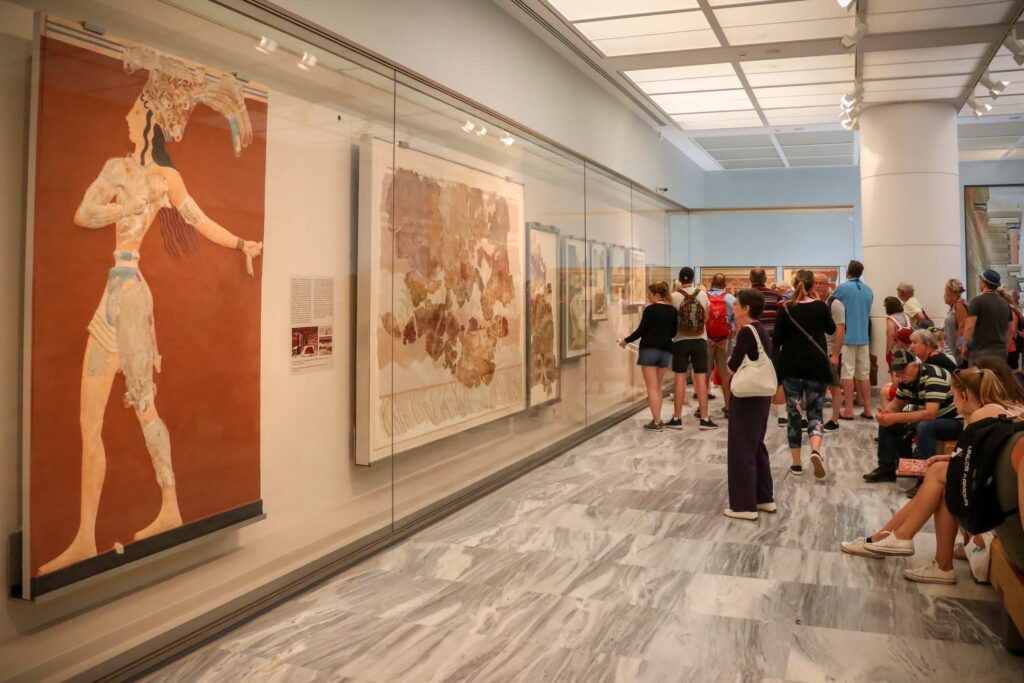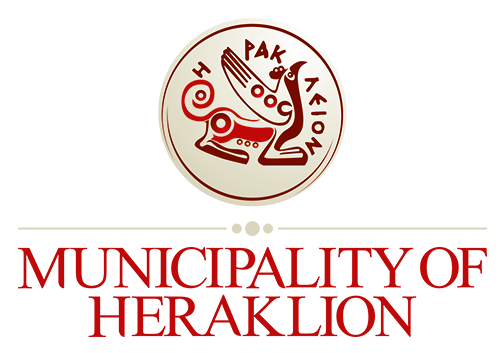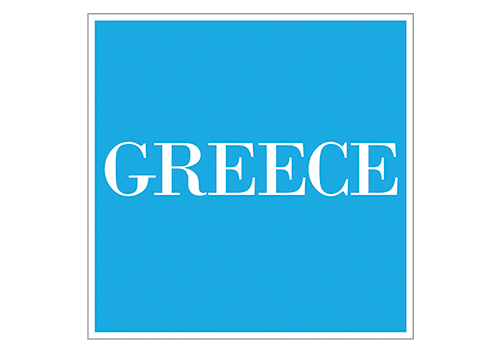The Heraklion Archaeological Museum is one of the oldest and most remarkable museums in Greece, and among the most important museums in Europe. The Museum’s exhibitions include unique works of Cretan art, which were unearthed during excavations in the central and eastern part of the island and they cover a period spanning 7000 years, from the neolithic (7000 BC) to the Roman period (3rd century AD). Most objects date back to the prehistoric times and the so-called Minoan period which was named after the mythical king of the island, Minos. The Heraklion Archaeological Museum prides itself for its unique Minoan collection which is the largest in the world and includes the masterpieces from the Palace of Knossos. It is rightly considered the Museum of Minoan Culture par excellence. It includes vessels, carved stone objects, seals, small sculptures, metal objects, which were discovered in palaces, manors, settlements, monumental tombs, shrines and caves. Certain significant objects, such as the Minoan murals, are exhibited separately and do not follow the overall timeline. The exhibition is laid out in a total of 27 rooms. The objects form a comprehensive picture of the Cretan civilization, as it developed in various regions and major centers. Explanatory texts, photographs, interactive systems, drawings and monument models complete the exhibition.
Located in the town center, the Museum building was designed by architect Patroklos Karantinos and was built between 1937 and 1940. The site was previously occupied by the Venetian monastery of Saint-Francis which was destroyed by earthquake in 1856. The ruins of the monastery can be seen behind the Museum’s garden.









